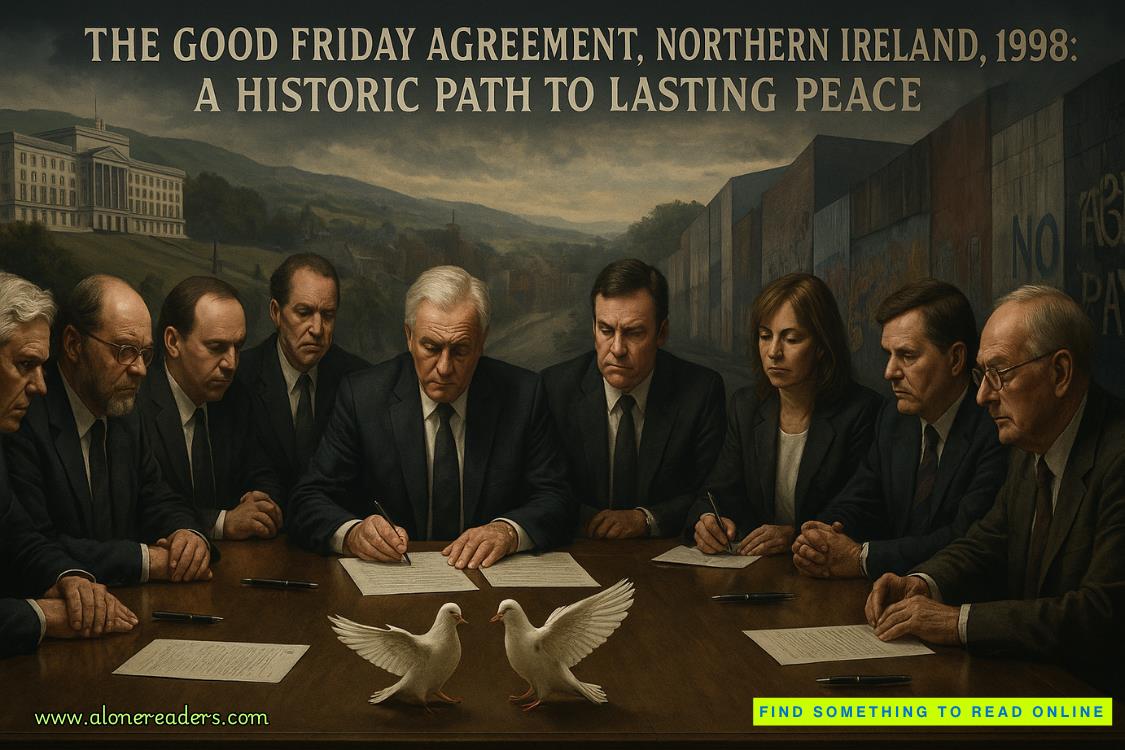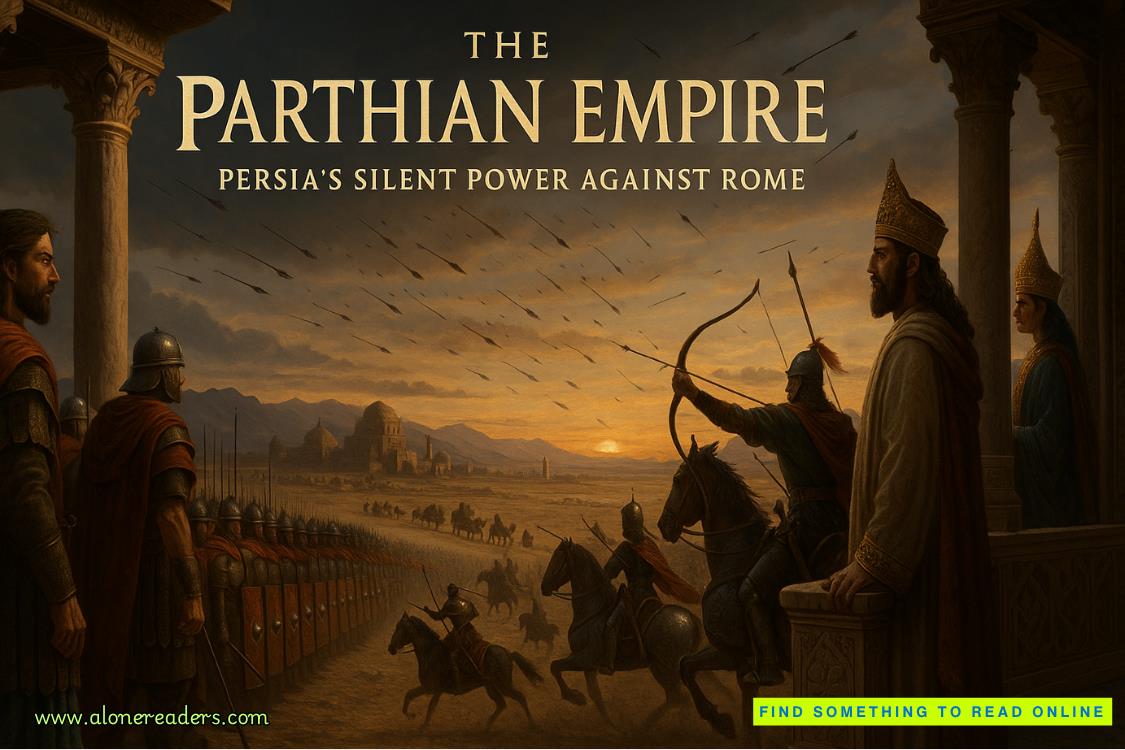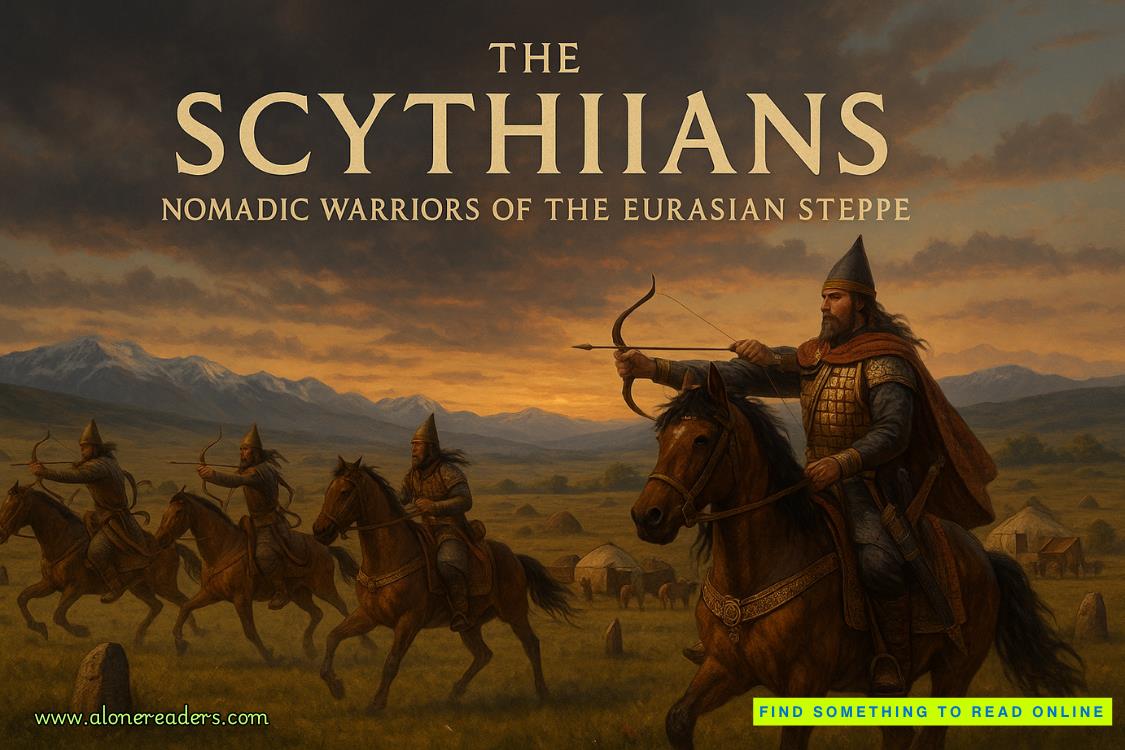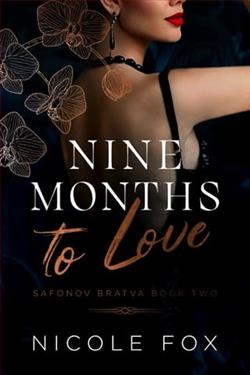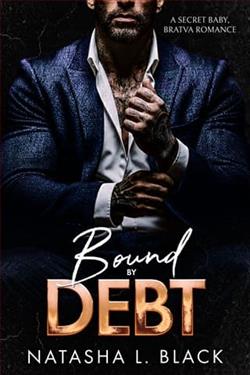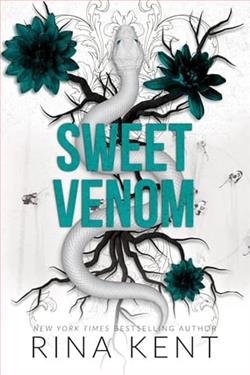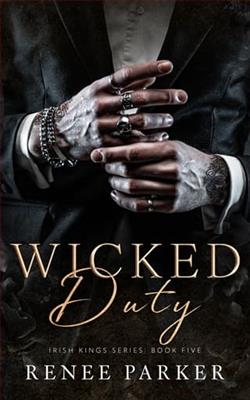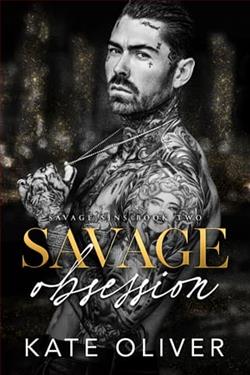Page 106 of The Rising Tide
The painting is a chocolate-box rendering of Skentel. All the town’s landmarks are represented, contemporary and historic. Abraham recognizes the lifeboat station, the Goat Hotel, the Norman church, the Drift Net and the hobby shop.
But where this image differs from the reality is the river of dark blood running down the high street and spilling into the harbour.
A foul smell seeps from the canvas. McKaylin says, ‘I’ve got a horrible feeling that’s real blood.’
2
Outside, Abraham goes to the Renault Clio and peers through the driver’s window. The interior’s a mess: cracked CD cases, carrier bags filled with rubbish, petrol receipts, bundled up T-shirts, empty Coke cans. Pulling on a latex glove, Abraham tries the door. When it pops open, he ducks in his head.
Whoever hid the dinghy south of Smuggler’s Tumble needed an escape vehicle. It couldn’t have been Daniel’s Volvo, found abandoned on the quay. Nor could it have been the black hatchback Bibi spotted in the lay-by before and after her vet visit.
The Clio’s interior smells of mildew and some kind of medical ointment. In the driver’s footwell Abraham notices five blueish chips of gravel. They’re strikingly similar to those covering the car park at the dinghy site.
It’s not a slam dunk, by any measure. Not until Forensics take a look.
Pain radiates from his chest. Abraham ignores it. He needs to find Lucy Locke, and fast.
FORTY-TWO
1
Lucy doesn’t bother with a crash helmet. After pocketing the Nokia and throwing on the rucksack, she climbs on the Triumph and kicks down on the starter. The bike sprays shingle as it turns on to the lane.
Her feeling, growing each moment, is that she’s heading to her death. The prospect frightens her less than she’d imagined. If she can rescue Fin and prove Daniel’s innocence, at least they’ll have each other. As she cycles up through the gears, she marvels at her new-found composure.
Katharsis, she thinks.Purification through tragedy.
And then it hits her.
2
Lucy recalls the charity-shop artwork with its macabre addition. She sees the lighter patch on her living-roomwall, legacy of the previous painting that hung there. Years ago, an art teacher told her to look for what shecouldn’tsee, not just what she could. Now, recalling that paler patch, she recalls the artwork that created it.
The Triumph hits a slick of wet leaves, nearly slides out from under her. But Lucy can’t afford caution, can’t afford to slough off any speed. Leaning into another bend, she balances between past and present.
Over the years, as her tastes evolved, her art collection evolved too. She never held on to pieces that no longer gave her joy – with only two exceptions: any work she personally commissioned and any work created for her as a gift.
The missing painting, she remembers, is a portrait.
Not of how Lucy looks now, at thirty-seven. Nor how she looked at the time. Instead, the artist sought to capture her in old age.
The resulting depiction wasn’t flattering. Possibly due to a lack of talent. Perhaps because the artist didn’t understand how life shapes a face, or how old age means more than mere attrition.
Admittedly, some features were recognizably Lucy’s. But the eyes expressed no humanity. The overall result had all the life of a cadaver.
Lucy’s always believed that good art creates emotion – although not necessarily emotion that uplifts. Visual art can be as difficult to witness as dramatic tragedy. It candepicttragedy, can capture a dramatic moment and distil it.
Butthatpainting was something different. Lucy’s unease came not from the image itself but from what it might say about the artist and the artist’s feelings about her. Was it painted as a message? A warning she ignored?
At the end of the lane, Lucy turns on to the coastal roadand opens the throttle. On her right, the Atlantic keeps pace. She daren’t take her eyes off the road but she can feel the ocean regardless, there like it’s always been. It took away Billie. It brought Billie home. It might take Fin. It’ll almost certainly take her.
Katharsis, she thinks.Purification through tragedy.
Her jaw pops as she clenches it.
Hard to believe what she’s abandoning. Harder to countenance where this leads. Impossible to consider how it ends.
Here’s the turning for Skentel. Once she’s through the switchbacks, the town begins to reveal itself. Locals scramble to safety as she blasts through the high street. Without her crash helmet, she’s easily recognizable. She sees startled faces, shocked looks.



